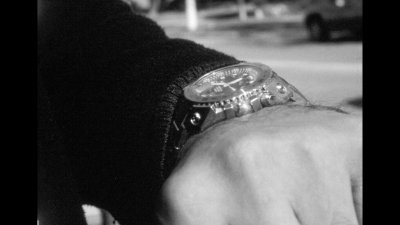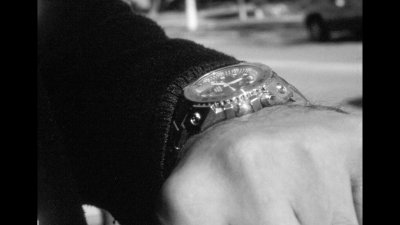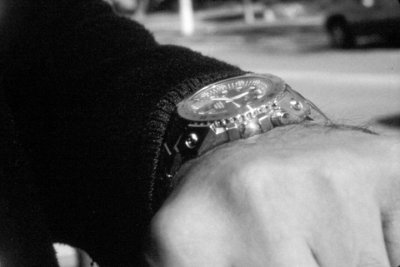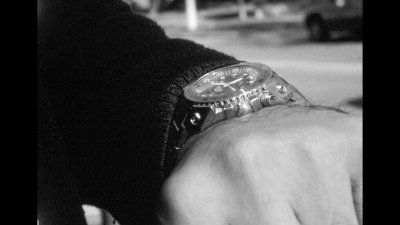





 |
 |
 |
 |
 |
 |
| filmworks4ever | profile | all galleries >> Movie Film >> 16mm BW Film Processing Resolution | tree view | thumbnails | slideshow |

:: sd_versus_hd_frames :: |

:: HD_versus_SD_scaled_up_to_HD :: |

:: SDversusSDSharp :: |

:: SDShrpHd_versus_HDShrp :: |
| comment | share |